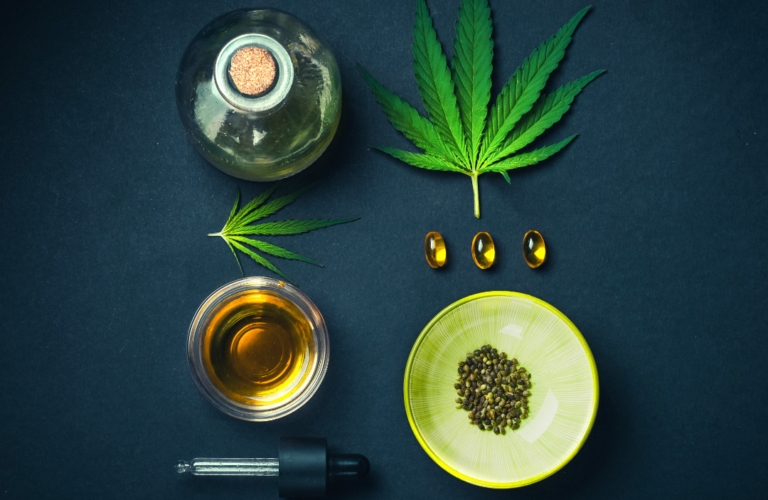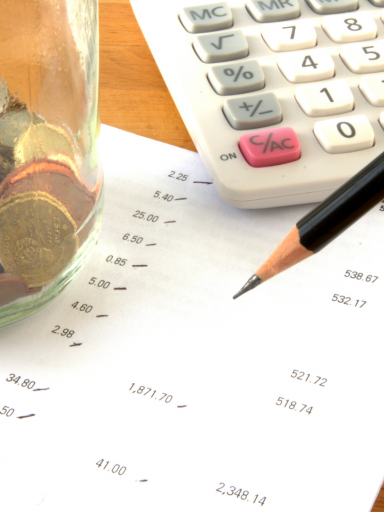If you’re wondering which states allow CBD and what to expect, read on to learn about the 12 states that allow it and what you can expect.
Introduction
CBD is a chemical compound that is found in cannabis and hemp. Many people believe that CBD has therapeutic properties, including helping to reduce anxiety, providing relief from pain, and helping to improve sleep quality. While there is still some research to be done on the effects of CBD, states that allow CBD is starting to see positive results.
Here are five things to know if you’re thinking about using CBD in your state:
1. What Is Covered by The Law?
The definition of “CBD” lacks a national standard, resulting in varying state laws regarding its use. In many states, CBD is regarded as a supplement rather than a drug. This classification exempts it from the same regulations applied to marijuana products, particularly those containing THC. For instance, CBD, including products like oils and edibles, may be legally used for medical reasons such as pain relief and anxiety treatment in some states. Simultaneously, in other states, it might be accessible for recreational purposes.
In a parallel fashion, THC products, exemplified by delta 9 gummies, are permitted for recreational use in certain states while deemed entirely illegal in others. This discrepancy in regulations underscores the absence of a uniform national approach to CBD and THC, leaving the legal landscape subject to state-specific distinctions.
2. How Do You Obtain the Product?
If you live in a state that allows CBD, you’ll likely need to purchase it from an online retailer or through a physical store. Some dispensaries and online websites like https://www.cbdivine.com/ may also sell CBD products, offering consumers a convenient way to access a variety of cannabidiol-infused items such as oils, tinctures, capsules, edibles, and topicals. However, it’s important to do your research before purchasing so you don’t end up getting something that doesn’t work well or isn’t safe.
3. What Are the Side Effects Of Using CBD?
There are no definitive answers to this question, as the side effects of CBD vary depending on the person and the dosage they’re taking. However, most people report no negative side effects when using CBD.
4. Can I Drive While Using CBD?
There is no clear answer to this question. Some states that allow CBD requires you to stay clear of drugs while using the product, but others do not specify any driving restrictions. It’s important to check with your state’s DMV if you’re in doubt about whether or not CBD will affect your ability to operate a vehicle.
5. How Long Should I Wait After Taking CBD Before Doing Anything Else?
Again, there is no definitive answer to this question. Some people say that it’s best to wait several hours after consuming CBD before engaging in other activities, while others say that you can go about your day as usual. It’s important to listen to your body and take things slowly when experimenting with new supplements or medications.
Types of CBD Products
There are a few different types of CBD products on the market, each with its unique benefits and drawbacks. Here we’ll take a look at the different types of CBD products, and what you can expect from each.
Isolate oil:
This is the most common type of CBD product, and it’s made by extracting CBD from hemp plants using high-pressure liquid extraction (HPPE). Isolate oils are generally more expensive than other types of products, and they may not offer as many benefits as other types.
Extracts:
Extracts are made from whole hemp plants and contain both CBD and THC. They’re typically less expensive than isolate oils, but they may not offer as many benefits or potency levels.
Tinctures:
Tinctures are made from pure CBD oil and alcohol. They provide higher potency levels than extracts and tinctures, but they also tend to be more expensive.
Topicals:
Topicals are applied to the skin, like lotions or balms. They often have lower potency levels than other forms of CBD products, but they can provide relief from pain or inflammation simply by applying them to the skin.
How to Consume CBD Products
Cannabidiol (CBD), a non-psychoactive compound derived from the cannabis plant, has gained popularity for its potential therapeutic benefits. As individuals explore incorporating CBD into their wellness routines, understanding the various consumption methods becomes crucial. Here’s an in-depth exploration of different ways to consume CBD.
Sublingual Consumption
One common and effective method is sublingual consumption. This involves placing CBD oil or tincture drops under the tongue and holding them for 60-90 seconds before swallowing. Sublingual absorption allows the CBD to enter the bloodstream quickly through the sublingual glands, providing relatively fast relief.
Edibles
CBD-infused edibles, such as gummies, chocolates, or beverages, offer a tasty and discreet way to consume CBD. These products undergo digestion, resulting in a delayed onset of effects compared to sublingual consumption. The effects may take longer to kick in, but they often last longer.
Inhalation
Inhaling CBD through vaporization is a rapid method of absorption. CBD vape pens or e-liquids are available for those who prefer this inhalation method. Vaporization avoids combustion, providing a lung-friendly alternative to smoking. The effects are typically felt within minutes.
Topical Application
CBD-infused creams, balms, or patches allow for localized application to the skin. This method is suitable for targeting specific areas, such as sore muscles or joints. Topical CBD products are absorbed through the skin, offering potential relief without affecting the entire body.
Capsules and Pills
CBD capsules or pills provide a convenient way to incorporate CBD into a daily routine. This method offers precise dosing, making it easier for individuals to track their CBD intake. The effects may take longer to manifest compared to sublingual or inhalation methods.
Smoking CBD Flower:
For those accustomed to smoking, CBD-rich hemp flower provides a similar experience without the psychoactive effects associated with THC. Smoking CBD flower in joints, pipes, or Mini Bongs can allow for quick absorption through the lungs.
Transdermal Patches
Transdermal patches are designed to release CBD slowly through the skin into the bloodstream. This method offers a continuous, controlled release of CBD over an extended period, making it suitable for individuals seeking long-lasting effects.
What to Expect from a CBD Product
When looking for a CBD product, it is important to know what to expect. CBD products can come in many forms, such as oils, capsules, edibles, and topicals. They can also vary in strength, meaning the amount of CBD in the product.
It is important to know what form and strength you are looking for before purchasing a CBD product. Otherwise, you may not get the desired effects from the product.
Isolate CBD products will only contain CBD, while full-spectrum CBD products will contain CBD and other cannabinoids, terpenes, and flavonoids. Broad-spectrum CBD products will contain CBD and other cannabinoids, but all THC will be removed.
CBD tinctures tend to be the most popular and versatile product, while CBD topicals are best for local relief. CBD edibles can take longer to work, but they provide longer-lasting relief. No matter what type of CBD product you choose, make sure to do your research to find a reputable brand with high-quality standards.




